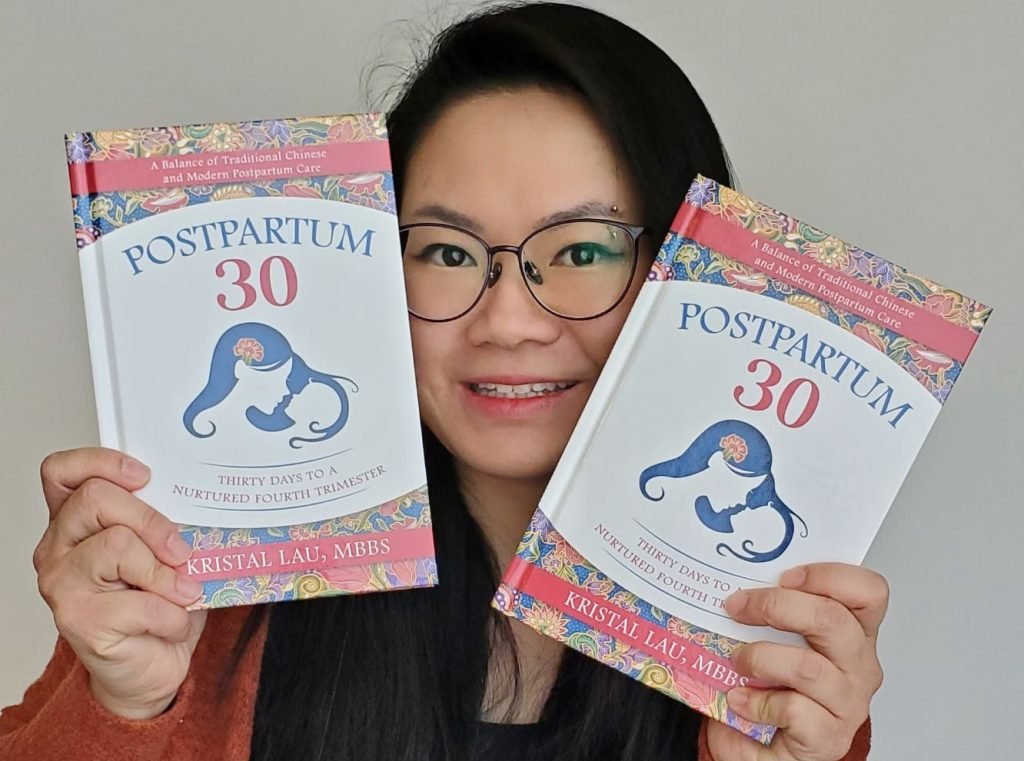The postpartum phase is a transformative time in a mother’s life, often filled with a blend of joy and some next-level exhaustion. Yet, it’s an experience that many people still don’t fully understand.
Here’s a blog post to demystify some key terms related to the postpartum period and why it’s so important to understand them all.
So, here we go.
Why Mums Should Understand the Postpartum Period More Than Ever
1. The Postpartum Period
The term “postpartum period” refers to the first six to eight weeks after childbirth. Clinically, the timeframe is when a woman’s body begins its return to its pre-pregnancy state. The reason for a six to eight-week window is based on the understanding that physical recovery—at least in part—occurs during that period.
However, the reality is much more complex. While some aspects of physical health may start to improve within that timeframe, the road to full recovery, especially in cases involving diastasis recti (where abdominal muscles split during pregnancy or childbirth), may be much longer.
Additionally, hormonal changes—whether or not the mother is breastfeeding—also require time to stabilize. The notion that recovery is complete after two months is misleading; the body and mind need usually far more time to adjust.
2. The Fourth Trimester
Another important term that’s gained traction is the “fourth trimester.” The term, coined by pediatrician Dr. Harvey Karp, extends the postpartum experience to up to three months (or 12 weeks) after childbirth. Initially, the concept was used to describe the time babies need to adjust to life outside the womb—a world that’s noisy, chaotic, and entirely different from the safe environment they’ve known for nine months.
However, the term has since been adopted to describe the mother’s experience as well. The fourth trimester acknowledges that recovery and adjustment are intertwined with the baby’s development. The bond between mother and child during that time is pretty important, as both gradually come to terms with new realities.
3. The Postpartum Year
While the fourth trimester expands the understanding of postpartum recovery, some experts advocate for an even longer timeframe: the postpartum year.
So, the term reflects the reality that recovery, both physical and emotional, often takes at least a year. As new mothers adjust to their roles, they also face changes in social, mental, and emotional well-being. The concept of a postpartum year aligns more closely with the lived experiences of many mothers and is gradually gaining acceptance within the OB-GYN community.
However, until official guidelines change, many healthcare providers continue to focus on the six to eight-week window or the fourth trimester. That said, you must recognize that recovery is a deeply personal process that differs from one mother to another.
4. A New Concept: Postpartum Recovery Month
In addition to the established terms, new concepts are emerging to better define postpartum recovery. One such term is “Postpartum Recovery Month.” The idea ties in with conventional practices, such as the Chinese confinement practice known as Zuo Yue Zi or “sitting the month.”
In that period, which typically lasts 30 to 40 days, new mothers focus solely on rest and recovery while bonding with their newborns.
Nowadays, a 30-day recovery period aligns well with many mothers’ realities, especially given the constraints of maternity leave and the demands of everyday life. That’s why the term emphasizes the need to prioritize rest and recovery during the first month after childbirth. It serves as a reminder that time is fundamental to physical healing and mental well-being.
5. Matrescence
Another term that’s gaining recognition is “Matrescence,” which describes the process of becoming a mother. Similar to adolescence, which marks the transition from childhood to adulthood, Matrescence is a neurodevelopmental stage that women go through after giving birth.
The term is not necessarily a new one, but it is increasingly being used to capture the profound changes—physical, behavioral, and emotional—that occur as a woman transitions into motherhood.

New mums or other birthing parents must understand that the concept of Matrescence is a big deal because it highlights that motherhood isn’t only a role, but a major transformation. The changes mothers experience are both external and internal, reshaping their identity in ways that are as complex and impactful as those experienced during adolescence.
Why The Terms Matter
The evolution and adoption of all the terms spotlighted go beyond semantics—they shape policies, guidelines, and societal attitudes toward postpartum recovery. Defining all the stages more clearly puts us in a position to advocate for better parental leave policies, more thorough healthcare, and greater societal support for new mothers.
Moreover, using terms like Postpartum Recovery Month and Matrescence will normalize the challenges of postpartum recovery. It questions outdated perceptions of maternity leave as a “vacation” and instead frames the time as non-negotiable for recovery and adjustment.
Finally, the terms provide mothers with validation. For too long, many have felt dismissed, their experiences minimized or misunderstood. Naming the stages means ❗ we’re now acknowledging the complexity and significance of the postpartum period.
Moving Forward with Dr. Kristal Lau
Change takes time, but by starting with the terms highlighted here, we may begin to shift the conversation toward a more supportive, informed approach to postpartum care.

For those looking to learn a lot more about the postpartum period, check out The Postpartum Wellness Show by Dr. Kristal Lau, a renowned Physician and Postpartum Wellness Consultant, who does a regular deep dive into the various aspects of postpartum recovery on her podcast.
She’s also the author of Postpartum 30 and an international speaker who advocates for comprehensive maternal care.
FAQs
Q: How should partners support new mothers during the postpartum period?
A: Start by educating yourself about the physical and emotional challenges your partner may face. Simple actions, like helping with household chores, offering emotional support, and encouraging the mother to take time for self-care, often make a difference. Attending postpartum check-ups together and openly communicating about needs and expectations might also strengthen the partnership in that period.
Q: How should a new mother balance caring for her newborn with her own physical recovery?
A: Balancing newborn care with personal recovery is a common challenge for new mothers. So, prioritize rest and allow your body heal while gradually integrating newborn care into daily routines. Mums could also create a balance by setting realistic expectations, accepting help from others, and focusing on key tasks.
If you have support systems, like family, friends, or postpartum doulas, use them. That could be the difference between undue stress and much-needed time-out and some relief. Additionally, establish a flexible schedule that allows for rest periods, light physical activity, and proper nutrition to aid your recovery and meet your newborn’s needs.
